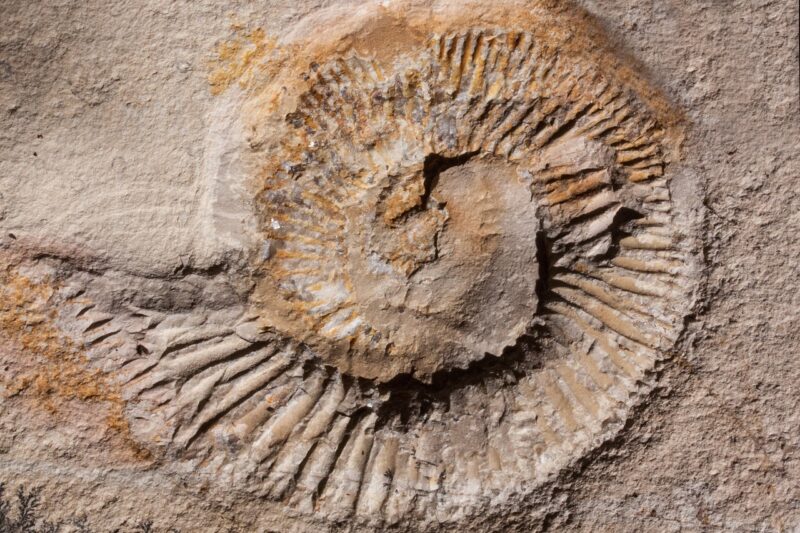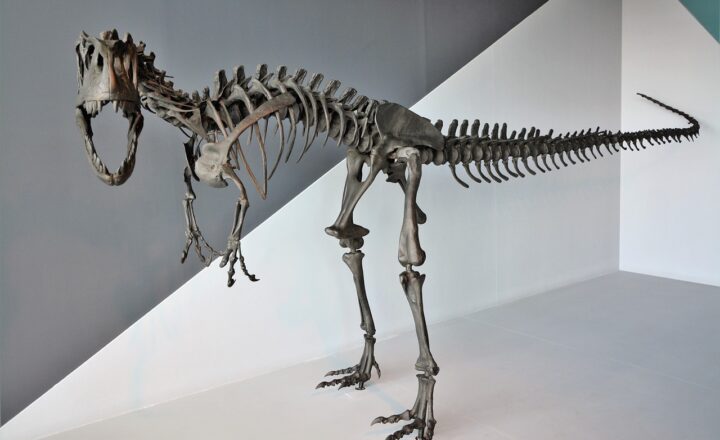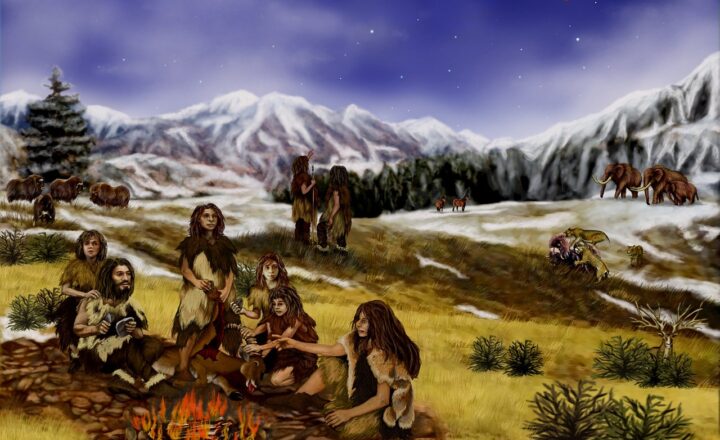How Fossils Form: The Process that Preserves Dinosaurs and Other Ancient Creatures
November 14, 2024

Fossils provide a fascinating window into the history of life on Earth, allowing us to glimpse the distant worlds of dinosaurs and other ancient beings. But how exactly do these remnants of the past come to exist? The process of fossilization is complex and requires specific conditions to preserve organic remains over millions of years. In this article, we will explore the myriad ways fossils form, the types of fossils, and the significance of these incredible finds in understanding our planet’s history.
1. What are Fossils?
Before delving into the fossilization process, it’s vital to define what fossils are. Fossils are the preserved remains, impressions, or traces of once-living organisms. They can range from bones, teeth, and shells, to footprints, burrows, and even entire ecosystems.
Fossils are usually classified into two main categories:
- Body Fossils: These are the actual remains of the organisms, such as bones, teeth, and shells.
- Trace Fossils: These include footprints, nests, and other evidence of the organism’s activity.
Fossilization helps scientists reconstruct the biological and ecological narratives of our planet, providing insights into how life has evolved and how ancient ecosystems functioned.
2. The Stages of Fossilization
Fossilization is a rare event, mainly because it typically requires an organism to die in the right place and at the right time. The stages of fossilization can be summarized as follows:
Stage 1: Death and Burial
When an organism dies, its remains must be quickly buried by sediment to prevent decay and scavenging. This can occur in various environments, such as riverbeds, lake bottoms, or coastal areas. Rapid burial helps protect the remains from destructive processes.
Stage 2: Preservation of Soft Tissues
While soft tissues generally decompose quickly, under special conditions—such as anoxic (low oxygen) environments—some organic materials can be preserved. This is rare but can lead to exceptional fossil finds, like those of some well-preserved dinosaurs.
Stage 3: Mineralization
As layers of sediment accumulate, the pressure increases, facilitating the process of mineralization. Instead of breaking down completely, the original organic materials begin to be replaced by minerals from the surrounding environment. Over time, these minerals crystallize, effectively transforming the organic remains into stone.
Stage 4: Erosion and Discovery
Eventually, geological processes such as erosion will expose fossils, making them accessible to paleontologists. This can take millions of years, and the eventual discovery of fossils allows researchers to study them and piece together ancient life.
3. Types of Fossilization Processes
There are several processes through which fossils can form, and each offers a unique glimpse into ancient life. Let’s explore the most common methods of fossilization:
Permineralization
This is the most common form of fossilization, wherein minerals carried by water fill the tiny spaces within organic tissues. Over time, these minerals crystallize and harden, preserving the original structure. Wood often experiences this process, resulting in petrified wood that retains the original details of the tree.
Molds and Casts
Molds are created when an organism leaves an impression in the sediment. If this impression is later filled with minerals or sediment, it creates a cast, resembling the original organism. This process often occurs with shells and leaves.
Amber Fossils
Amber, fossilized tree resin, can trap and preserve small organisms such as insects. The clarity of amber allows paleontologists to study ancient ecosystems in remarkable detail, revealing a snapshot of life millions of years ago.
Tar Pits
Organisms that fell into naturally occurring tar pits, like those found in La Brea, California, can become preserved in the sticky substance. This method captures bones and other remains, allowing scientists to study the environment of ancient predators and prey.
4. The Importance of Fossils in Science
Fossils are not just remnants of the past; they serve vital purposes in various scientific fields, unlocking secrets about evolution and earth’s history. Here’s how fossils contribute to our understanding of the natural world:
- Understanding Evolution: Fossils provide evidence for the gradual changes that occur in species over time. By studying them, scientists can piece together the evolutionary pathways that led to modern organisms.
- Studying Ancient Ecosystems: Fossils reveal information about climate, geography, and the interactions between living organisms in an ecosystem, offering insights into how species adapted to their environments.
- Dating Geological Features: Through stratigraphy, fossils help date rocks and geological formations, giving scientists a timeline of Earth’s history and significant events, such as mass extinctions.
- Preserving Cultural Heritage: Fossils also play a role in understanding human history and the evolution of human behavior, contributing to anthropology and archaeology,
5. Challenges in Fossil Preservation
While fossilization offers incredible insights into our past, several challenges affect the preservation of fossils.
- Natural Erosion: Geological processes can erode fossils before they are discovered, leading to loss of important evidence.
- Anthropogenic Factors: Human activities such as mining, construction, and pollution pose significant threats to fossil beds and their preservation.
- Environmental Changes: Climate change and other environmental shifts can impact sedimentary processes, altering the conditions necessary for fossil formation.
To ensure that we continue to unlock the secrets of our planet’s history, efforts in conservation and fossil protection are essential.
Conclusion
Fossils are windows into a world that existed long before humans walked the Earth. Understanding how fossils form allows us to appreciate the complexities of life and the ecological dynamics that shaped our planet. From the initial burial of an organism to the mineralization that preserves its remains, the fossilization process is a remarkable journey that has provided scientists with invaluable knowledge. As we continue to study and protect these important remnants of our past, we gain deeper insights into the evolution of life and the intricate balance of ecosystems.
Whether exploring ancient dinosaur tracks or admiring a perfectly preserved trilobite, fossils remind us of the rich tapestry of life that has existed on Earth and the ongoing story of survival that continues today.







